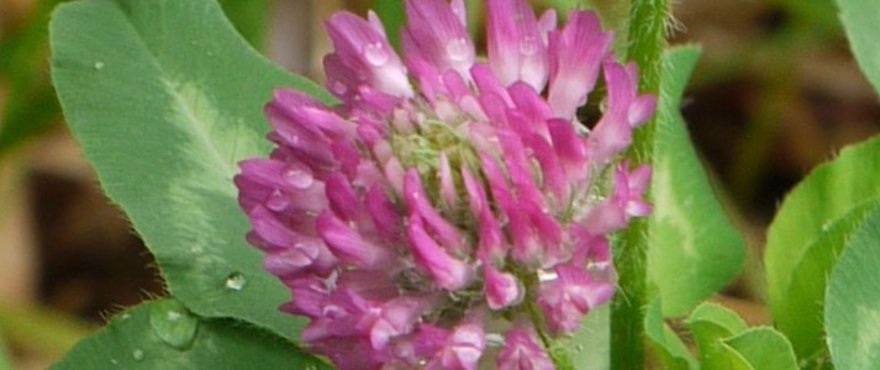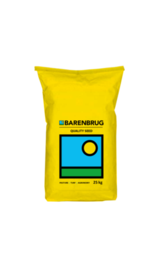Red Clover
Red clover is an upright, short-lived perennial. It has a strong tap-root that allows it to use subsoil moisture in summer better than white clover. It doesn’t tolerate dry conditions or drought, or poorly drained soils. Red clover provides extra feed in late spring and summer in high rainfall areas, irrigated pastures or on naturally summer-moist soils that are well drained. May be sown in pure swards as a specialist crop for hay, silage or grazing. Rotational grazing will promote plant longevity and persistence. Most cultivars do not persist beyond 2 to 3 years.
KENLAND
Kenland red clover is a tall growing, short-lived, perennial legume with erect, leafy stems and pinkish-purple to magenta-red flower heads. When used as a cover crop, it improves the texture and fertility of the soil. It can also be used for hay, silage, over-seeding to fill in bare spots in pastures and fields or in a two to three year crop rotation plan where you are allowing an area to lie fallow. When sown in Autumn, growth is slow through the winter, but it begins growing quickly as spring arrives. Kenland tolerates most soil types from loam to clay and exhibits resistance to a number of fungal infections.



